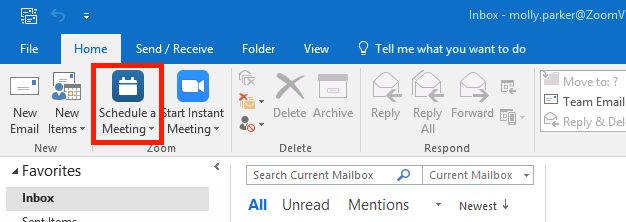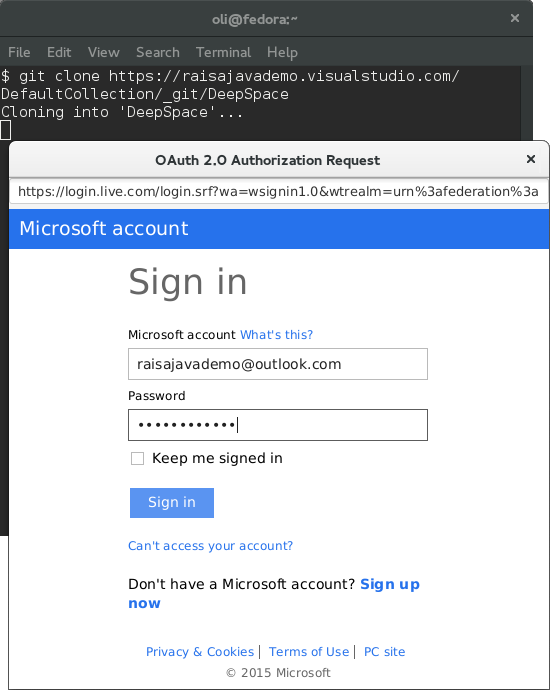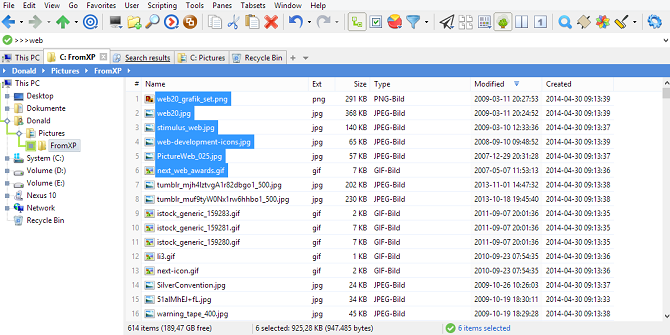Is There A Version Of Microsoft File Exploer For Mac 3,6/5 1066 reviews
Microsoft today released a new Windows 10 preview with File Explorer and accessibility improvements. The update bumps Windows 10 from build 18890 (made available to testers on May 1) to build 18894. These builds are from the 20H1 branch, which represents the Windows 10 update that will arrive in the first half of next year.
In this weeks post of the Switching to a Mac from Windows series I would like to show you all how the Windows Explorer and the Mac Finder are alike. When someone makes the switch from using a Windows computer to using a Mac they will undoubtedly find themselves getting confused by the Finder. File explorer for windows 10 free download - Windows 10, Apple Safari, File Explorer Manager for Windows 10, and many more programs. Three days later on June 16, 2003, Microsoft released the final version for Mac OS X (PPC), version 5.2.3 and a month later on July 11, 2003, they released the final version for Mac OS 8 and 9, version 5.1.7. Users of Linux, Mac OS X, FreeBSD (and Windows users too, if they can not run an installer by any reason) can download the zip-file binary distribution (see top of page). Extract the zip file to a directory of your choice.nix systems can use the hfsexplorer.sh script to start the application, and Windows users can use the file hfsexplorer.bat. Oct 19, 2015 Always the Latest Version of Internet Explorer in OS X. The Internet Explorer 11 web browser version will update itself with updates, you do not need to do anything to update IE versions or change software. Each time you connect to the IE Tech Preview, the new version will load automatically.
Update on May 10: Microsoft released build 18895 to fix issues with the Your Phone app.
Slide to turn off Contacts, Calendars, and Reminders. If you see your calendars or reminders on or any of your devices, you can choose Delete from My device. Tap Settings, your name, then iCloud. Wait a few minutes, then turn on Contacts, Calendar, or Reminders again. If not, choose Keep on My device. 

- File Explorer is not available for Mac but there are plenty of alternatives that runs on macOS with similar functionality. The most popular Mac alternative is Double Commander, which is.
- Aug 11, 2018 ES File Explorer Download PC Version: #ESFileExplorer is an extraordinary instrument for overseeing files and projects. It comes with a huge number of extra features, for example, an instrument for murdering running applications, coordinate cloud drive stockpiling (by means of Dropbox, Google Drive, or Skydrive), and an FTP customer so you can utilize it both on your cell phone and your PC.
Windows 10 is being developed as a service, meaning it receives new features on a regular basis. Microsoft has released six major updates so far: November Update, Anniversary Update, Creators Update, Fall Creators Update, April 2018 Update, and October 2018 Update. The May 2019 Update is in the Release Preview ring and is expected to start rolling out later this month.
File Explorer is getting a new search experience powered by Windows Search (starting with a small percent of Windows Insiders). This will integrate your OneDrive content with the traditional indexed results. As you type in File Explorer’s search box, you’ll now see a dropdown populated with suggested files. You can click the entry in the new suggestions box or right-click to open the file location. If you need to use commands or dig deeper into non-indexed locations, you can still press enter and populate the view with the traditional search results. As you click the search box in File Explorer (or press CTRL+E to set focus to it), you’ll now also see the dropdown list with your search history.
Is There A Version Of Microsoft File Explorer For Mac Computer
Microsoft also shared three different accessibility improvements. The Narrator is now more efficient when reading tables — header information is not repeated when navigating within the same row or column, plus entering and exiting tables is less verbose. The Narrator can also now give a webpage summary (Narrator + S). Windows Magnifier has gained the ability to keep the text cursor in the center of the screen (on by default, but you can change it in Magnifier settings).
Bug fixes and known issues
This 20H1 build includes the following bug fixes and improvements:
- Fixed an issue resulting in scrolling with the mouse wheel or touchpad not working reliably across the system in the last few flights.
- Fixed an issue where opening the Memory Integrity page in Windows Security would crash the app.
- Fixed an issue where the Windows Update icon in taskbar system tray is not high DPI optimized.
- Fixed a recent issue where the “Add someone else to this PC” window would crash if an MSA-attached user would try to add a local user to the PC.
- Fixed a typo in the WIN+(period) kaomoji section category names.
- Fixed a race condition that could result in users getting stuck with an outdated version of the search relevancy logic, impacting subsequent search results.
- Fixed an issue where Start menu wasn’t launching if the “continue experiences on this device” group policy was “disabled”.
- Fixed an issue where navigating using Narrator + R command got stuck in PowerPoint Edit View.
- Narrator no longer reads “null” after each command listed in the Narrator + F2 list.
- Fixed a problem where Narrator was at low volume and could not be increased.
This build has 12 known issues:
- Due to an OS bug, the Your Phone app will not work on this build.
- Older versions of anti-cheat software in games may cause PCs to crash. Make sure you are running the latest version of your games before attempting to update Windows.
- Some Realtek SD card readers are not functioning properly.
- If you use remote desktop to connect to an enhanced session VM, taskbar search results will not be visible (just a dark area) until you restart searchui.exe.
- On certain devices if fast startup is enabled, night-light doesn’t turn on until after a restart.
- There’s a noticeable lag when dragging the emoji and dictation panels.
- Tamper Protection may be turned off in Windows Security after updating to this build.
- Some features on Start Menu and in All apps are not localized in languages such as FR-FR, RU-RU, and ZH-CN.
- In the Ease of Access settings, selecting a color filter may not take effect right away unless color filters option is turned off and back on again.
- The IME candidate window for East Asian IMEs (Simplified Chinese, Traditional Chinese, and the Japanese IME) may not open sometimes.
- There is an issue in the Bopomofo IME where the character width is suddenly changed to Full width from Half width.
- If you install builds from the Fast ring and switch to either the Slow ring or the Release Preview ring, optional content such as enabling developer mode will fail. You will have to remain in the Fast ring to add/install/enable optional content. This is because optional content will only install on builds approved for specific rings.

Microsoft Explorer For Mac Download
As always, don’t install this on your production machine.